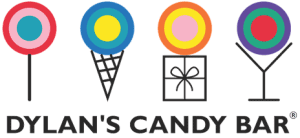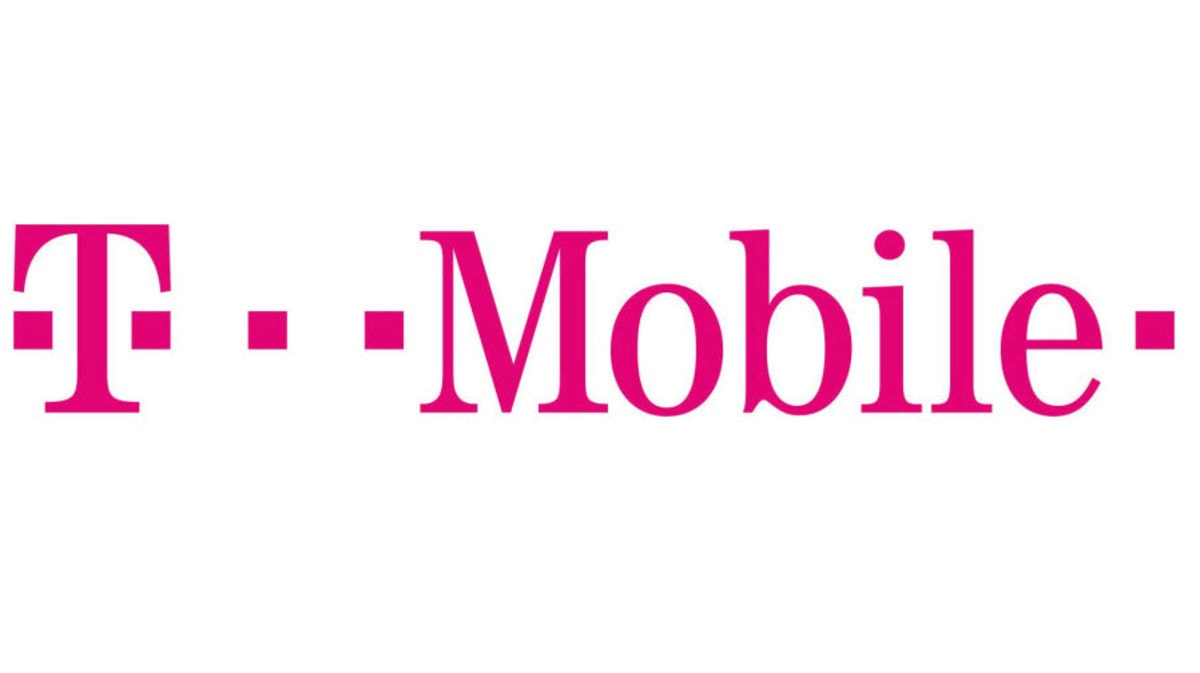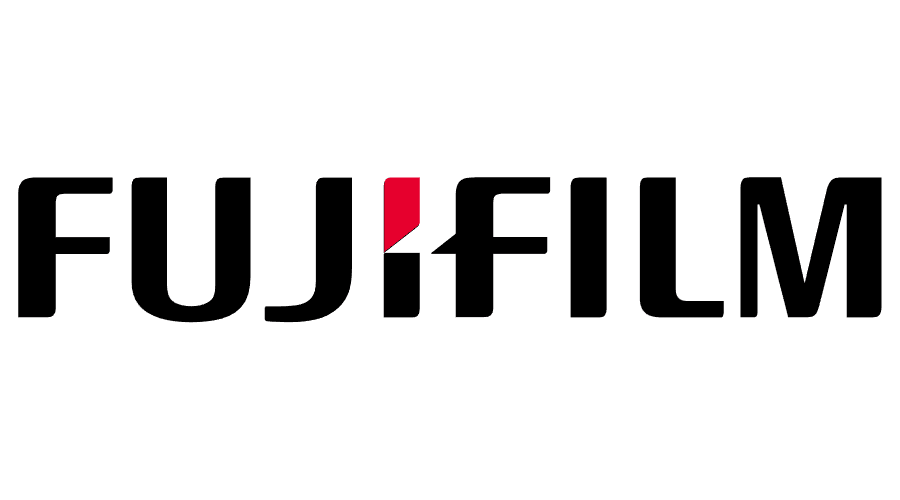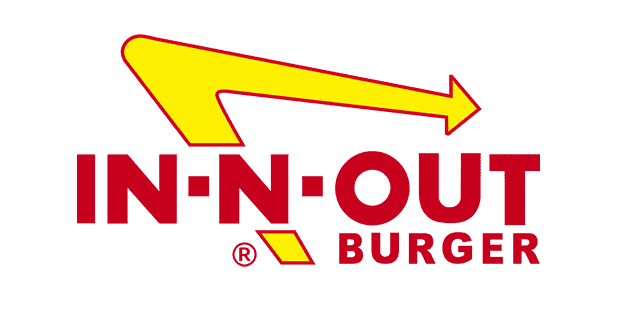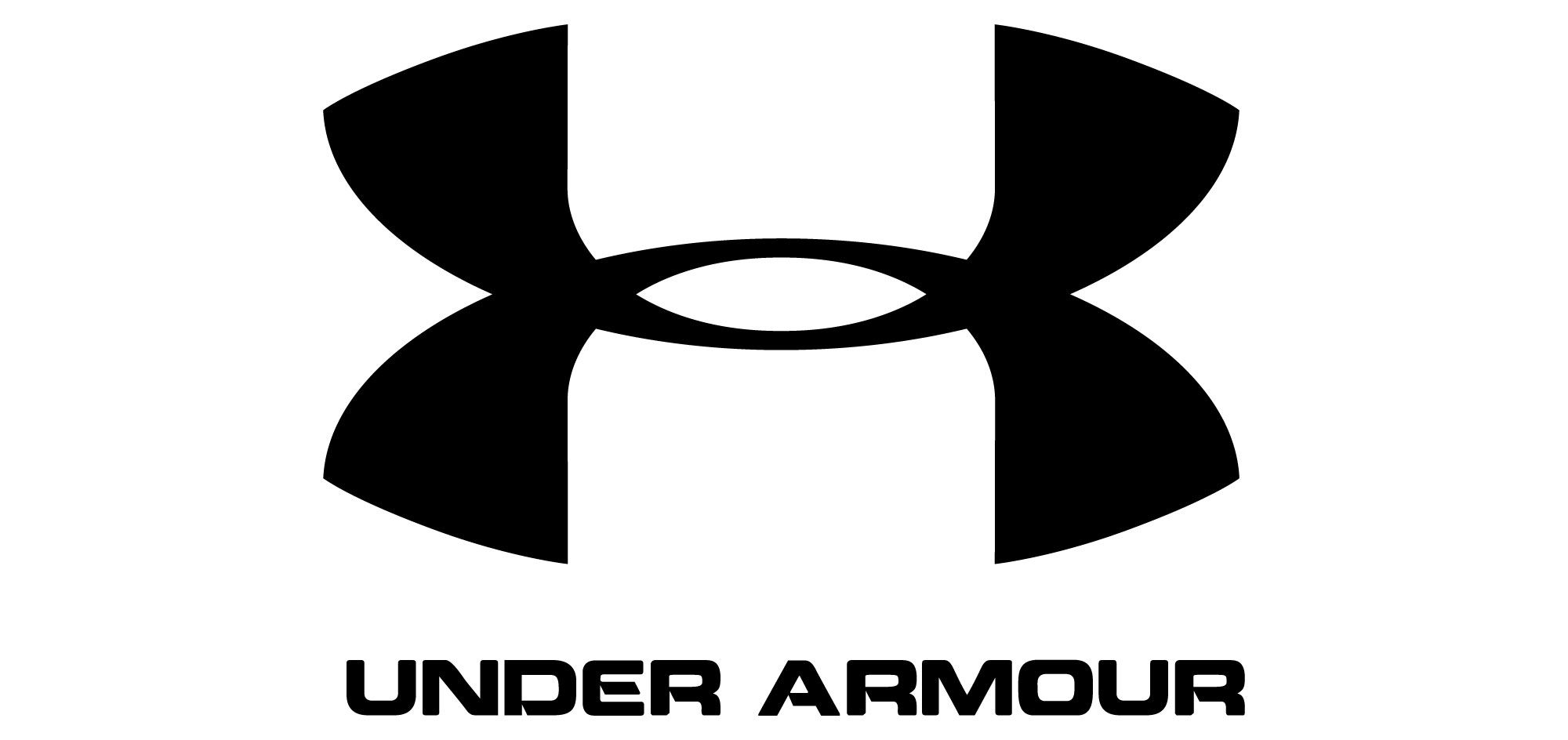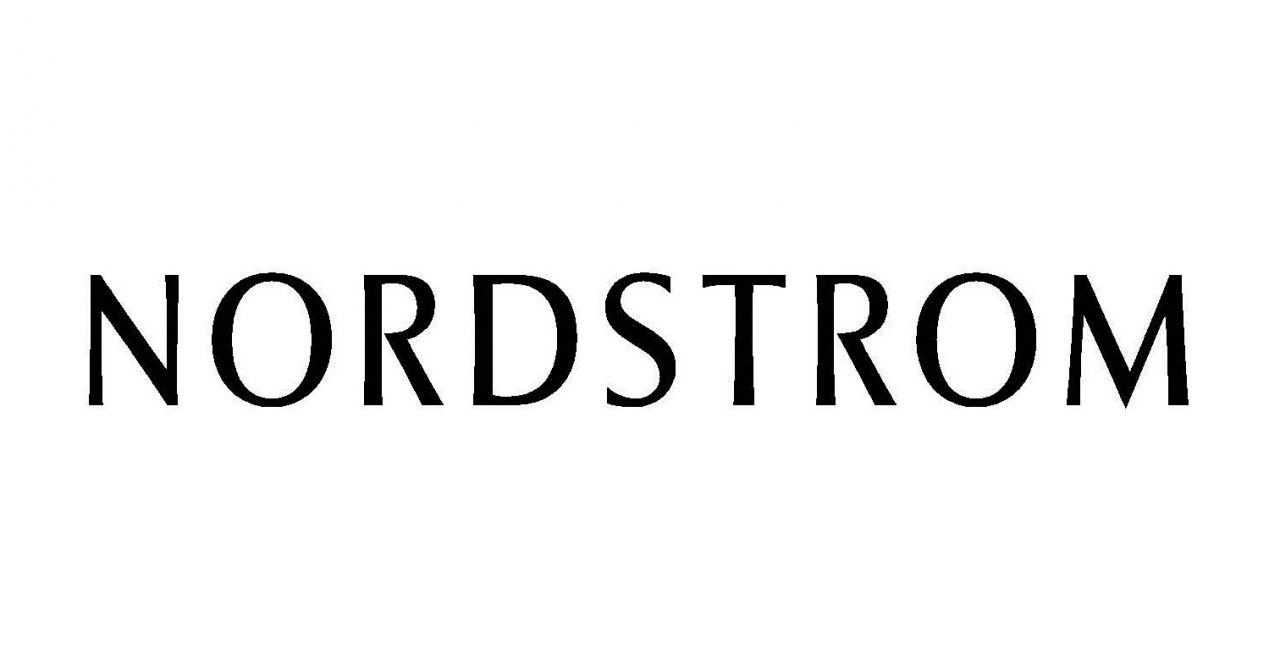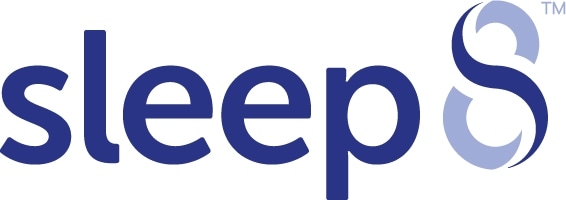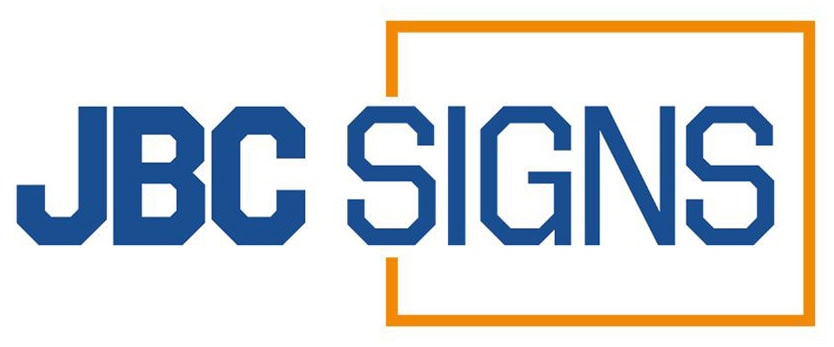How consistent is your marketing message? While many businesses, both big and small, use a variety of different marketing channels to target customers, few use a message that’s consistent from direct mail and brochures to retail signage.
Integrating all of the marketing channels your business uses into a single, consistent message is one of the most effective ways to increase your response rate and get far more from your marketing budget.
If your business is currently using different graphics, headlines and copy for every different marketing platform it uses, it’s missing out on a powerful synergy that is only possible through integrated marketing.
In this guide, we’ll share four simple, effective and actionable ways that you can give each and every marketing platform your business uses a message that’s consistent, effective and designed to generate results.
Use your brand’s colors, typefaces and style
When you think of Coca-Cola, what image pops into your mind? Most people think of red backgrounds, white text and a traditional script typeface – all essential elements of the Coca-Cola brand.
The reason for this close association between the product and its branding is very simple: Coca-Cola always uses the same image, style, colors and typefaces in any of its advertisements, regardless of their particular platform of marketing channel.
When your company consistently uses its brand’s colors, typefaces and other key stylistic elements across different marketing channels, it becomes an image that’s immediately associated with the company.
Get more bang for your marketing buck by creating synergy between the marketing platforms you use with a consistent look that people associate with your business.
Keep your message short, sweet and simple
The best marketing messages are short and simple. This isn’t just because shorter messages are easier to remember, but because shorter messages generally work in far more settings than longer, more complicated messages.
If your marketing message can only be communicated in five paragraphs of dense, descriptive copy, it’s unlikely to work well on multiple platforms. It might be great for direct mail, but it’s far from ideal for retail signage or display advertising.
On the other hand, if your marketing message can be condensed down to five or six words, it’s suitable for any platform. You can keep it as it is for signage or expand it into a long sales letter for direct mail or email marketing.
The key to effective integrated marketing is having a message that’s built to work on any platform. Keep your marketing message short, sweet and simple and it can work just as well on a retail sign as it could in a brochure.
Take different angles on a single message
What’s the key message of your marketing campaign? Since each marketing channel has different strengths – some are great for long text, while others are most valuable for short messages – it’s important to have multiple angles on a single message.
For example, if you’re marketing a product that makes people healthier – a vitamin supplement, for example – one of the best ways to increase people’s interest in it is to target a different angle using each marketing channel available to you.
In print, which allows a reasonable level of detail, you talk about how your product has helped other people. In signage, you keep it simple with a statement of its major benefits. In direct mail, you talk at length about its key benefits and advantages.
By taking multiple angles on the same message – in this case, that your product can make people healthier – you can make the most of each marketing channel and get the greatest results for your marketing budget.
Start small, then expand onto new platforms slowly
If your business markets its products or services on ten or more platforms – retail signage, direct mail, TV, radio, display ads, search and more, for example – it can be extremely difficult to manage and maintain its campaign.
The wider your campaign becomes, the more challenging it becomes to ensure all of its messages are consistent and effective. Because of this, it’s best to start with a few marketing channels and expand onto new platforms very slowly and gradually.
Start by choosing two to three marketing channels that are best suited to your offer or product. As your business becomes more adept at using them effectively, expand slowly onto other, similar platforms.
Many marketers make the mistake of spreading their campaign too wide and using too many different channels. Focus on what works initially and expand to use new channels as and when they become appropriate, not before they’re necessary.



